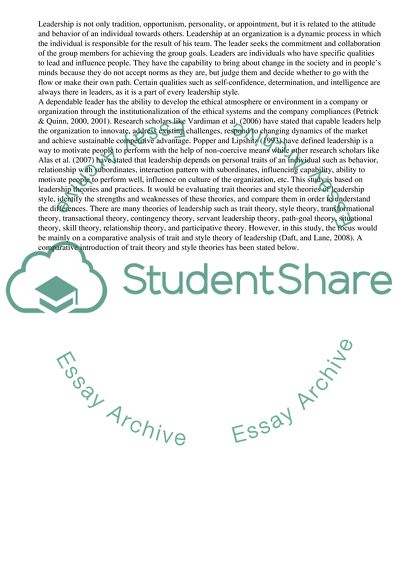Cite this document
(Trait and Style Theories of Leadership Term Paper, n.d.)
Trait and Style Theories of Leadership Term Paper. Retrieved from https://studentshare.org/management/1467252-main-assignment-question-compare-and-contrast
Trait and Style Theories of Leadership Term Paper. Retrieved from https://studentshare.org/management/1467252-main-assignment-question-compare-and-contrast
(Trait and Style Theories of Leadership Term Paper)
Trait and Style Theories of Leadership Term Paper. https://studentshare.org/management/1467252-main-assignment-question-compare-and-contrast.
Trait and Style Theories of Leadership Term Paper. https://studentshare.org/management/1467252-main-assignment-question-compare-and-contrast.
“Trait and Style Theories of Leadership Term Paper”, n.d. https://studentshare.org/management/1467252-main-assignment-question-compare-and-contrast.


